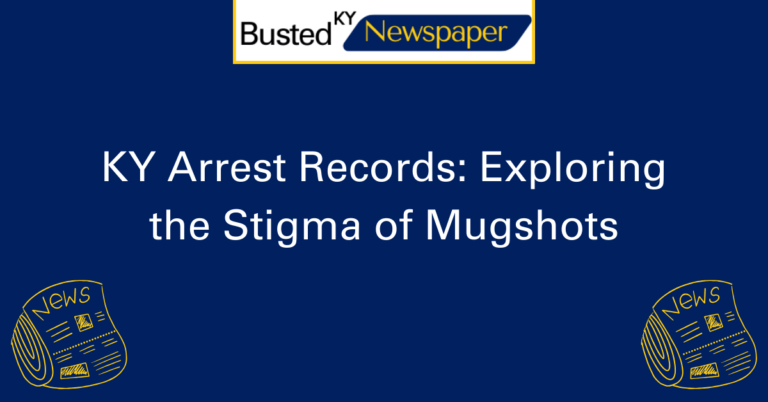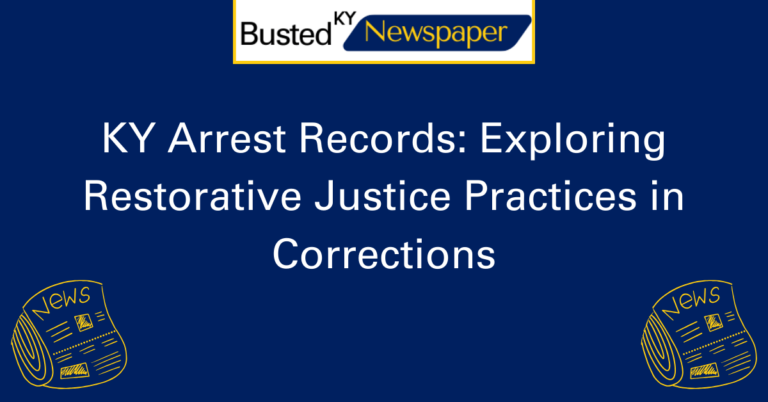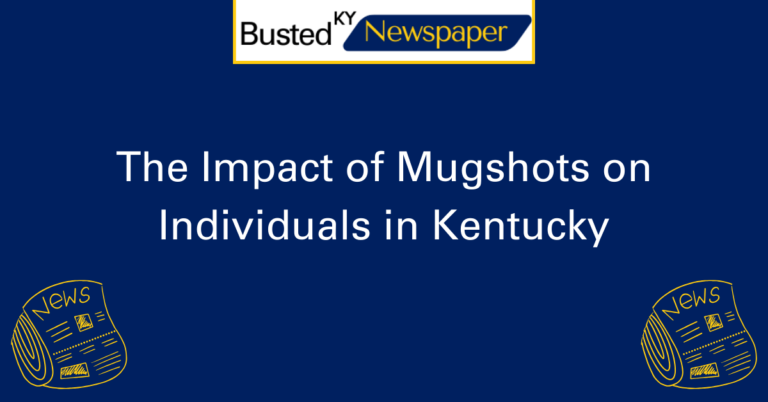KY Arrest Records: Addressing the School-to-Prison Pipeline
The school-to-prison pipeline is a pressing issue that affects countless students across the country. In recent years, there has been a growing concern about how disciplinary actions in schools can often lead to a pathway of incarceration for young individuals. This phenomenon, known as the school-to-prison pipeline, refers to the alarming trend of students being funneled from educational institutions into the criminal justice system.
At KY Arrest Records, we understand the importance of addressing this issue and shedding light on its impact on our society. Our mission is to provide comprehensive information and resources to help individuals gain a deeper understanding of the school-to-prison pipeline and its implications. By offering access to accurate and up-to-date arrest records, we aim to empower individuals to advocate for change, challenge systemic inequalities, and create a more equitable future for all.
The Impact of the School-to-Prison Pipeline
The school-to-prison pipeline has far-reaching consequences that extend beyond the individual students who are directly affected. This troubling phenomenon perpetuates systemic inequalities and contributes to the cycle of poverty and incarceration in our society. By understanding the impact of the school-to-prison pipeline, we can begin to address its root causes and work towards a more just and equitable future.
Breaking Down the Pipeline
To effectively address the school-to-prison pipeline, it is crucial to understand how it operates. The pipeline begins with overly harsh disciplinary policies in schools, which disproportionally target marginalized students, particularly those from low-income communities and students of color. These punitive measures, such as zero-tolerance policies and excessive suspensions, often push students out of the educational system and into the criminal justice system.
The Role of Implicit Bias
Implicit bias plays a significant role in perpetuating the school-to-prison pipeline. Teachers and administrators may unknowingly harbor biases that result in harsher disciplinary actions toward certain students. This biased treatment further marginalizes already vulnerable populations and exacerbates the disparities within our educational system.
Addressing Root Causes
To dismantle the school-to-prison pipeline, it is essential to address its underlying causes. This requires implementing restorative justice practices that prioritize rehabilitation and support rather than punishment. By focusing on prevention, early intervention, and providing resources for at-risk students, we can help break the cycle of incarceration and create a more inclusive and supportive educational environment.
Empowering Students and Communities
Empowering students and communities is crucial in combating the school-to-prison pipeline. By equipping students with the necessary tools and resources to navigate challenges, we can help them overcome obstacles and succeed academically. Additionally, engaging parents, educators, and community members in advocacy efforts can amplify the call for change and ensure that every student has access to a quality education.
Building a Future of Equity and Opportunity
To create a future that is free from the grips of the school-to-prison pipeline, we must prioritize equity and opportunity for all students. This requires comprehensive policy reforms, increased funding for education, and a commitment to dismantling systemic barriers. By working together, we can create an educational system that nurtures the potential of every student and paves the way for a brighter, more just society.
FAQ’s
What is the school-to-prison pipeline?
The school-to-prison pipeline is a pressing issue that affects countless students across the country. In recent years, there has been a growing concern about how disciplinary actions in schools can often lead to a pathway of incarceration for young individuals. This phenomenon refers to the alarming trend of students being funneled from educational institutions into the criminal justice system.
What are the implications of the school-to-prison pipeline?
The school-to-prison pipeline has far-reaching implications for individuals, families, and communities. It perpetuates systemic inequalities, disproportionately impacting marginalized and minority students. It denies young individuals the opportunity for education and rehabilitation, contributing to a cycle of incarceration and limited opportunities. Furthermore, it strains resources within the criminal justice system and perpetuates a cycle of poverty and recidivism.
How does the school-to-prison pipeline affect students?
The school-to-prison pipeline negatively impacts students in various ways. It can lead to increased involvement in the criminal justice system, hindering their educational and personal development. Students may face harsh disciplinary measures, such as suspensions and expulsions, which disrupt their learning and increase their chances of dropping out. Additionally, the criminalization of minor infractions can have long-lasting consequences on their prospects and well-being.
What factors contribute to the school-to-prison pipeline?
Several factors contribute to the school-to-prison pipeline, including zero-tolerance policies, inadequate access to mental health resources, racial and socioeconomic disparities in discipline, and the presence of police officers in schools. Additionally, the lack of alternative disciplinary measures, such as restorative justice practices, exacerbates the problem.
How can we address the school-to-prison pipeline?
Addressing the school-to-prison pipeline requires a multi-faceted approach. It involves implementing restorative justice practices, promoting positive discipline strategies, providing adequate mental health support, and addressing racial and socioeconomic disparities in discipline. Additionally, fostering supportive and inclusive school environments and investing in early intervention programs can help prevent students from entering the pipeline.







